Let the Sun Do the Work with Chlorophyll Prints
15 42 Share TweetIn need of a break from your photography routine? Experiments are the best intermissions from your ordinary workflow, and what better way to do so with some alternative photographic printing techniques? I found a special yet inexpensive way to conduct an experiment by making my very own leaf photographs through the chlorophyll printing technique.
Making a Chlorophyll Print
This is a super simple and fun way to make contact prints – using plant leaves. Maybe you have tried drying leaves and flowers as a child and noticed how they lose their color as they dry, especially if you leave them in the sun. This photosensitivity can be used to make prints of your pictures.
All you have to do is print a high-contrast image onto one of those overhead projector transparency sheets you can get from an office supply store. Then, pick a nice, big leaf from a plant. Put the transparency on top of the leaf in a photo frame. The glass will keep it nice and flat and in place.
Place the frame on a sunny spot and leave it there for a while. If you live in a dry climate, outdoors is fine; if not, put it somewhere in front of a window. Leave it for at least a few days. In time, the color of the leaf will fade, but the bits that are covered by the ink on your transparency will remain darker. After a while, you’ll have a print!
Guidelines for Chlorophyll Prints
I used vine leaves because I like the typical irregular leaf shape. These produce pale green prints, although one leaf turned reddish. I also used Indian cress, which takes a bit longer until it’s dried all the way, but it produces nice, high-contrast prints on a pale yellow background. I tried dogwood, too, because it was there. It takes pretty long to produce a decent print (about three weeks). The wisteria needs over three weeks, I’ve yet to produce a decent print on it.
Be patient! How long it takes to produce a print varies, depending on the kind of leaf you use and on how strong the sun is. The vine leaves I used took about four to five days. Other types of leaves that I tried took much longer, up to three weeks or more. Experiment with different exposure times and different plants to find out what works for you. A rule of thumb is that it will probably take at least a few days longer than you first estimated.
Try not to look at your print for at least a few days because if you open the frame and move the transparency, it’s very hard to put it back in exactly the same spot. If your image is not ready yet and you accidentally move the transparency, you might create a blurry image. I didn’t wait until my leaf was dried all the way, so now you see only half a radar installation:

This technique works best with clear, high-contrast images. The prints will be pretty low contrast so subtle shades of grey will probably get lost. This picture of a fern, for instance, didn’t work very well because the background is a bit too blotchy. It may be a good idea to edit your picture in Photoshop for extra contrast before printing it.
Don’t be too disappointed if you don’t get a good image or no image at all. Just try again with a different kind of plant or a longer exposure time. Once you have some transparencies, making new prints is absolutely free so just go out and pick some more leaves.
You could try using a large format negative as well, but you’ll get a negative picture of course.
If you like your print and want to put it up in a frame, be careful not to put it on a sunny wall because your print will fade in the light. An album is probably a safer place to put it.
Curate your leaf prints by uploading them to your LomoHomes. Don’t forget to keep experimenting!
escrito por stratski el 2014-10-09 #equipo #tutoriales #sunlight #leaves #plants #experiment #tipster #requested-post #chlorophyll #darkroom-tips
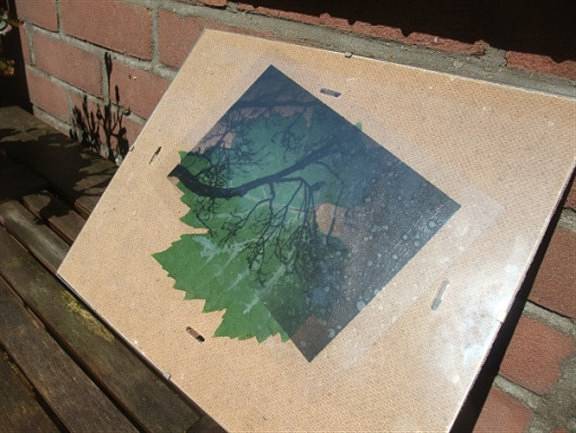




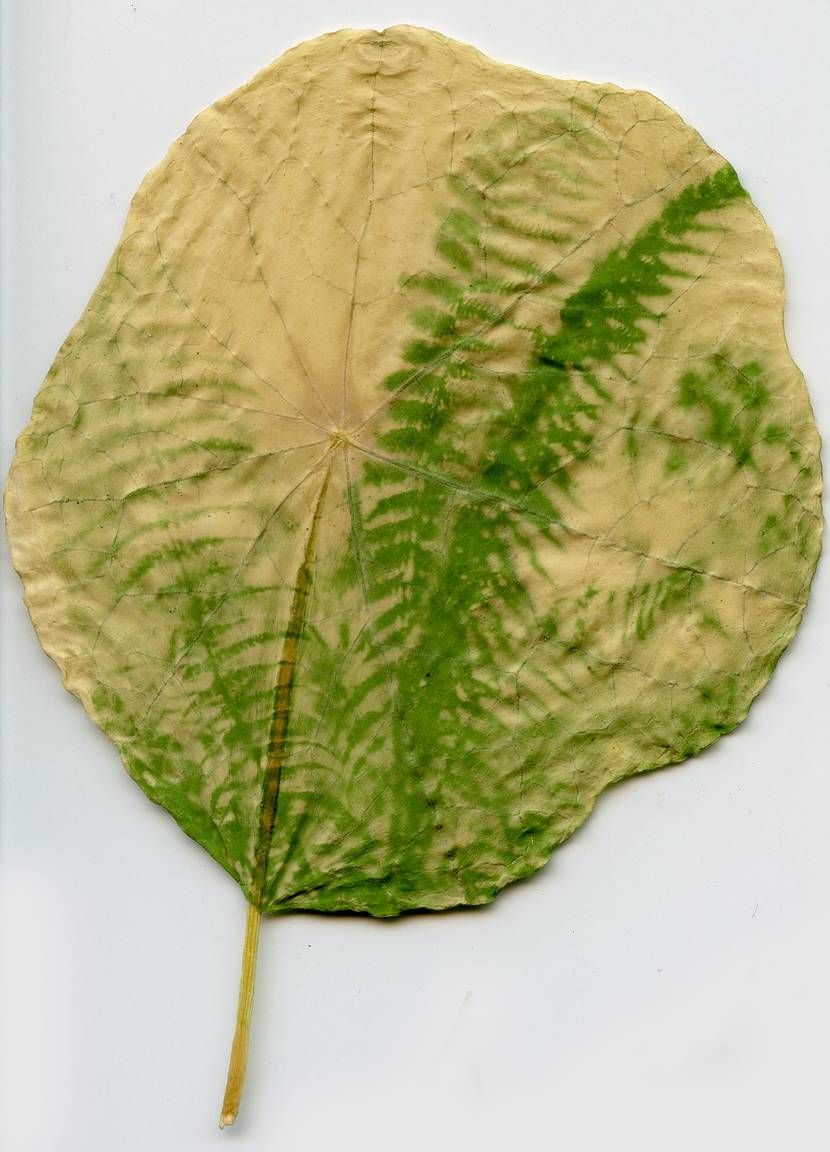
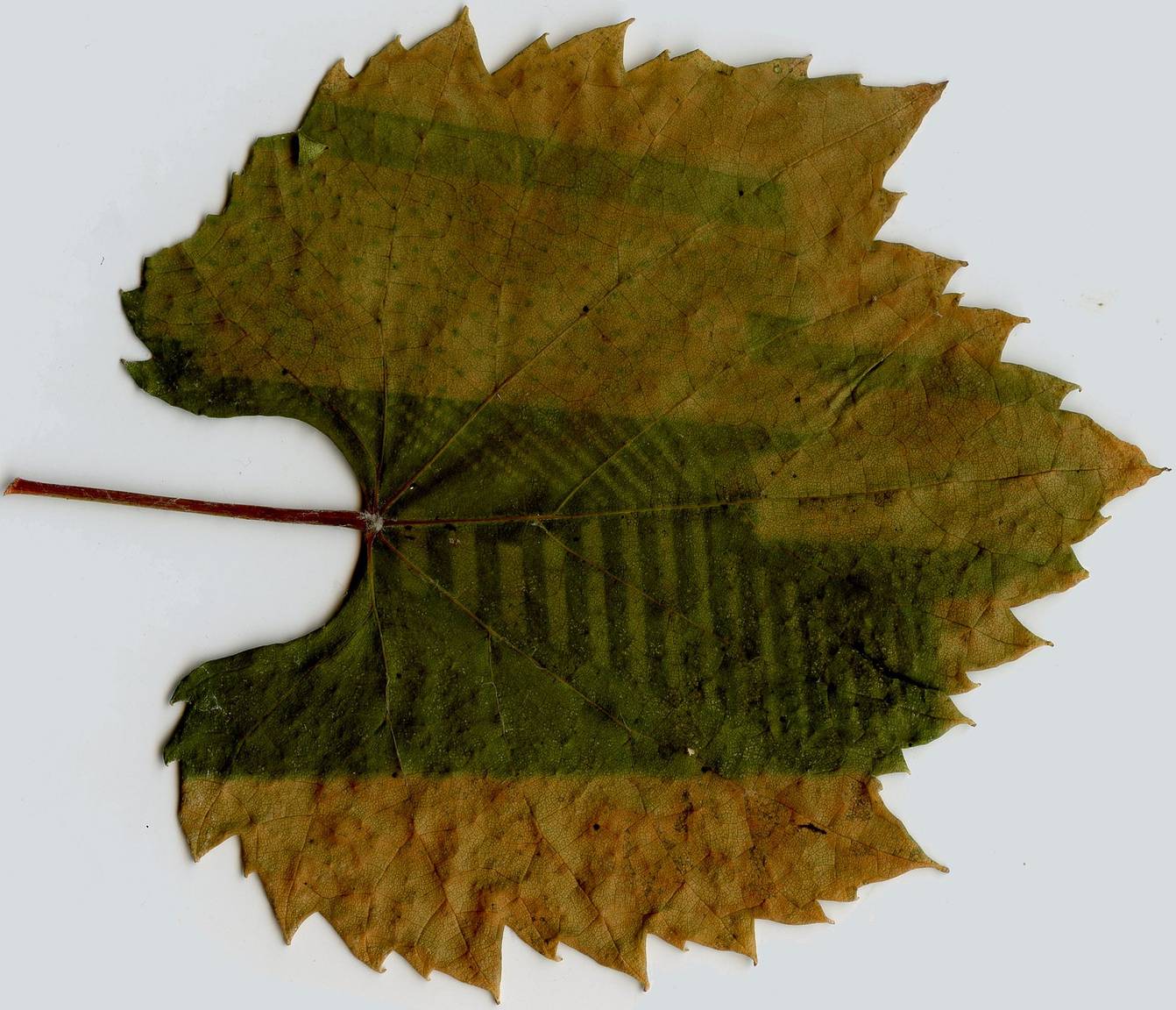






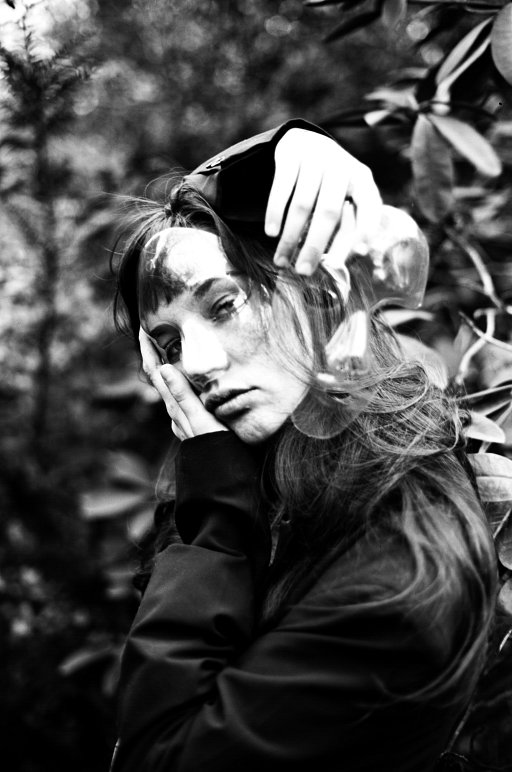






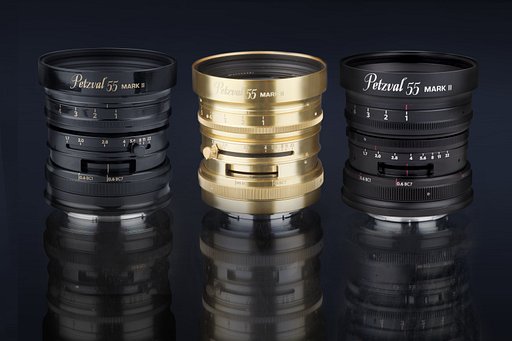


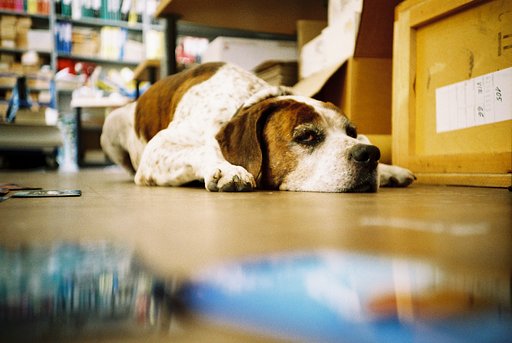
15 Comentarios